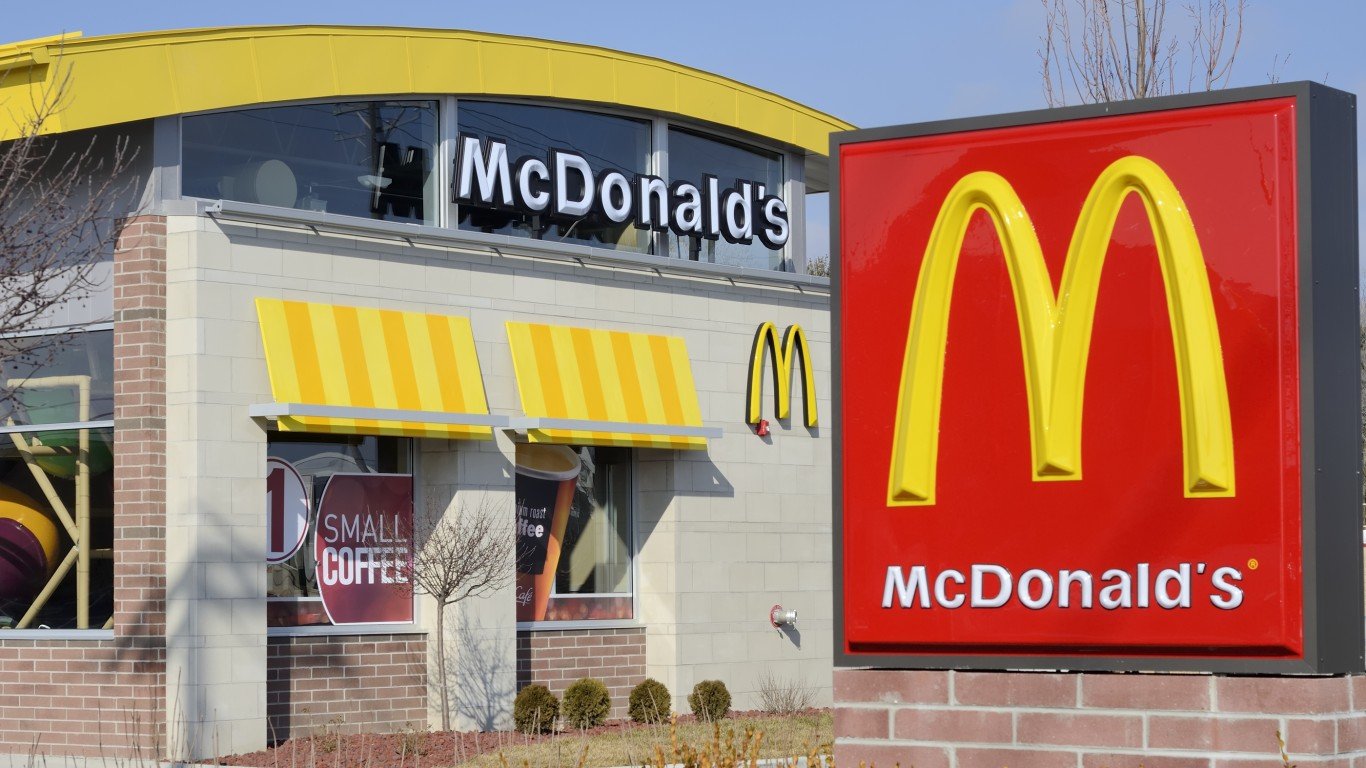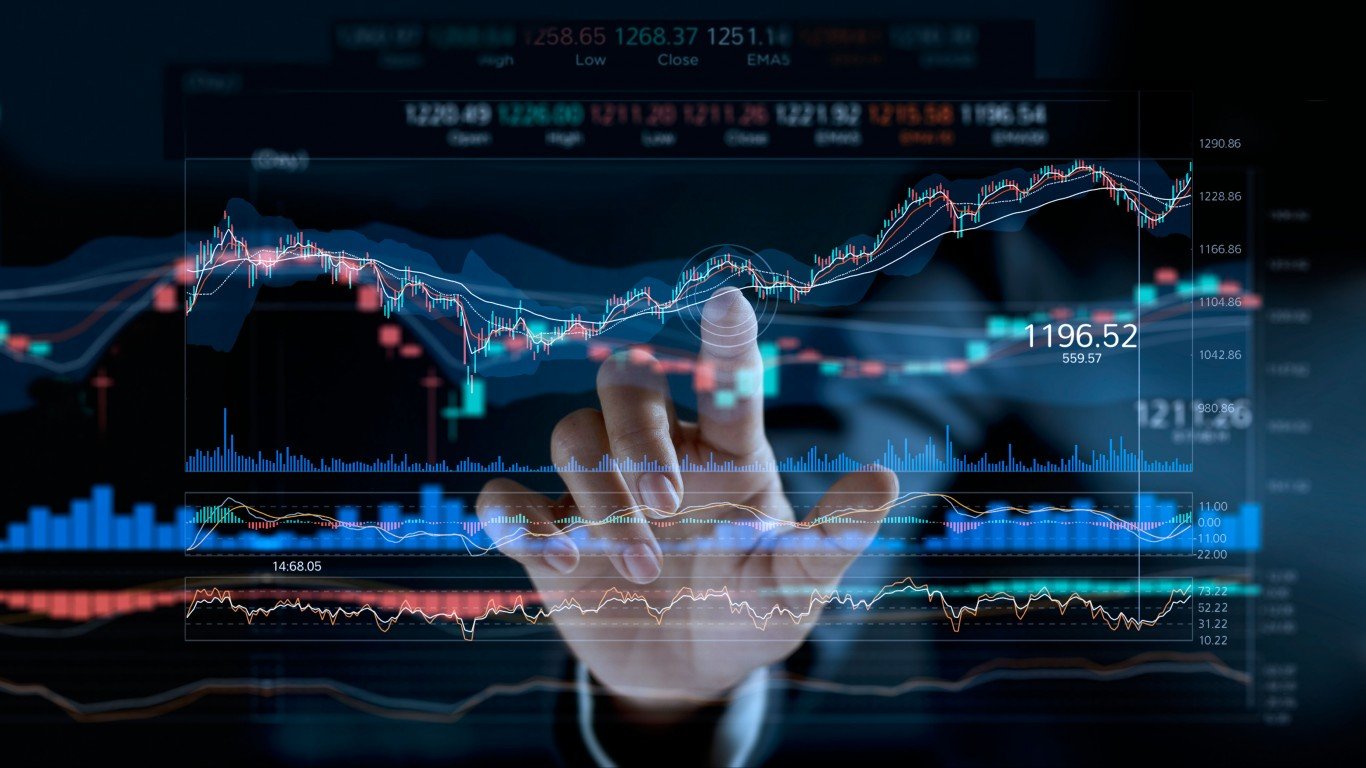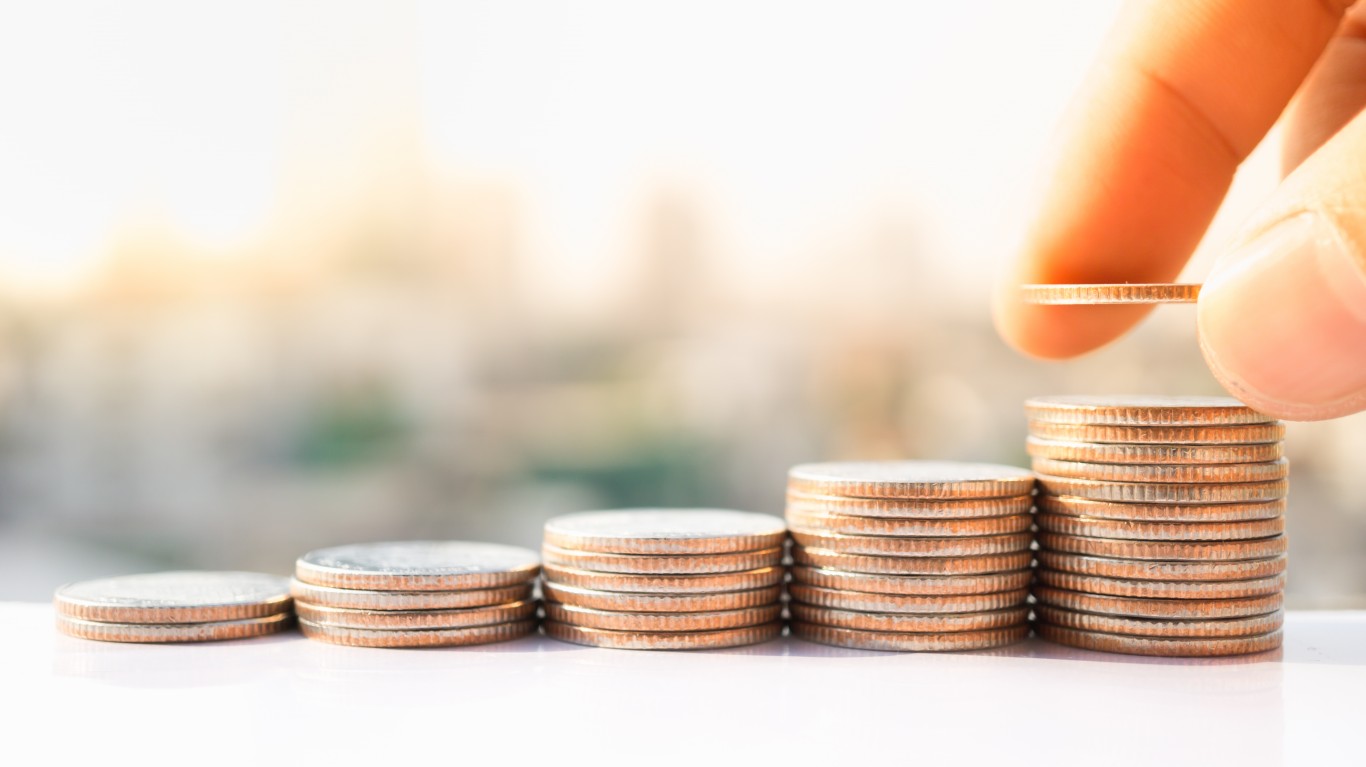

A key component of income investing is a portfolio that includes safe dividends, those that are unlikely to shrink or disappear. Recognizing when a dividend is stable and safe can be a challenge. Yet, certain metrics can offer clear signs for the investor looking to establish or shore up such a portfolio.
Take the quarterly dividend at McDonald’s Corp. (NYSE: MCD) for instance. The most recent payout was $1.67 a share, and the yield is about 2.3%. If it follows the well-established pattern, the next ex-dividend date will be in late February. The current yield is better than that of competitor Yum! Brands Inc. (NYSE: YUM) (owner of KFC, Pizza Hut and Taco Bell) but a little less than those of Restaurant Brands International Inc. (NYSE: QSR) (owner of Burger King, Popeyes, Tim Hortons), Wendy’s Co. (NASDAQ: WEN) and Starbucks Corp. (NASDAQ: SBUX). It is also a bit lower than the 2.6% industry average.
Dividend Aristocrat?

Other Valuation Metrics

The dividend payout ratio indicates how much of a company’s earnings are paid out as a dividend. It is a sign of how safe a company’s dividend is and how much room it has for future growth. The higher the ratio, the greater the risk. Income investors often look for a dividend payout ratio of less than 60%. McDonald’s hits that mark with a current dividend payout ratio of less than 54%. That is higher than the industry average though, and note that the McDonald’s dividend payout ratio was much higher than 60% during the pandemic years.
A look at free cash flow reveals whether the company has the funds required for its payout, as well as for share repurchases or even paying down debt or making acquisitions. As of last September, McDonald’s free cash flow was about $5.5 billion for the trailing 12 months, about the same as for 2022 but lower than $7.2 billion for 2021. Income investors prefer growing free cash flows, but at McDonald’s it varies year to year, ranging from $3.9 billion to that $7.2 billion since 2010.
Return on invested capital is a measure of how well a company allocates its capital to profitable projects or investments. Again, the thing to look for is stability, specifically a double-digit ROIC over many years. McDonald’s current ROIC is about 22%. The figure has been above 15% and generally trending higher since 2015. The current figure is higher than those for Starbucks and Wendy’s, but less than at Yum Brands.
Operating margin is a measure of the percentage of revenue a company keeps as operating profit. Here too the preference is for a stable double-digit percentage increase. The current figure is around 41%. That is up from about 30% in 2010. The trend has been upward since then, with some variability since before the pandemic.
A look at sales growth offers a clue to the volatility or cyclical nature of the business. Steady, moderate growth, say 3% to 7%, is ideal. McDonald’s revenue grew steadily from 1995 to 2013 but then began to decline. As the pandemic dwindled, sales jumped 20%, and they are on track to be the highest in 2023 since 2015.
A company’s net debt-to-capital ratio also can signal whether a dividend may be at risk. Because too much debt can put dividends at risk in hard times, a lower ratio is considered better. McDonald’s ratio near 1.2 in recent years looks attractive.
Probably the most popular valuation metric is the price-to-earnings (PE) ratio. This indicates whether a stock is expensive or cheap at its current market price, compared to the broader market or to competitors. McDonald’s has a current PE ratio of more than 25. That has decreased over the past few quarters, and the forward PE is closer to 23. It also compares with a historical benchmark of 15, as well as the broader market’s current 24 or so. The competitors mentioned above have current PE ratios in the same ballpark, except for Wendy’s, which is less than 21. (Why the six highest-yielding Warren Buffett stocks are perfect 2024 investments.)
And finally, the number of shares outstanding is worth a look. When companies buy back their shares, that number shrinks. But secondary offerings of stock increase that number. Investors tend to prefer a declining total, as that increases their stake over time. For McDonald’s, the number of shares has declined from over a billion in 2010 to less than 750 million. The company resumed buying back shares in 2021 as its fortunes turned around. As of last September, it had bought back $7.1 billion worth of stock in the trailing 12 months.
Summary

| Dividend Aristocrat | ✔ |
| Dividend payout ratio | ✔ |
| Free cash flow | 🗙 |
| Return on invested capital | ✔ |
| Operating margin | ✔ |
| Sales growth | 🗙 |
| Net debt to capital ratio | ✔ |
| PE ratio | ✔ |
| Shares outstanding | ✔ |
Given the pandemic, supply chain issues, inflation and recession fears that companies in the cyclical consumer sector have faced over the past few years, the issues with McDonald’s free cash flow and sales growth come as little surprise. In its guidance for 2024, the company revealed plans not only for expansion of and upgrades to its locations, but improved operating margins and free cash flow. Its prospects appear solid, and analysts on average expect about 9.5% upside in the share price in the coming year.
Take This Retirement Quiz To Get Matched With An Advisor Now (Sponsored)
Are you ready for retirement? Planning for retirement can be overwhelming, that’s why it could be a good idea to speak to a fiduciary financial advisor about your goals today.
Start by taking this retirement quiz right here from SmartAsset that will match you with up to 3 financial advisors that serve your area and beyond in 5 minutes. Smart Asset is now matching over 50,000 people a month.
Click here now to get started.
Thank you for reading! Have some feedback for us?
Contact the 24/7 Wall St. editorial team.



